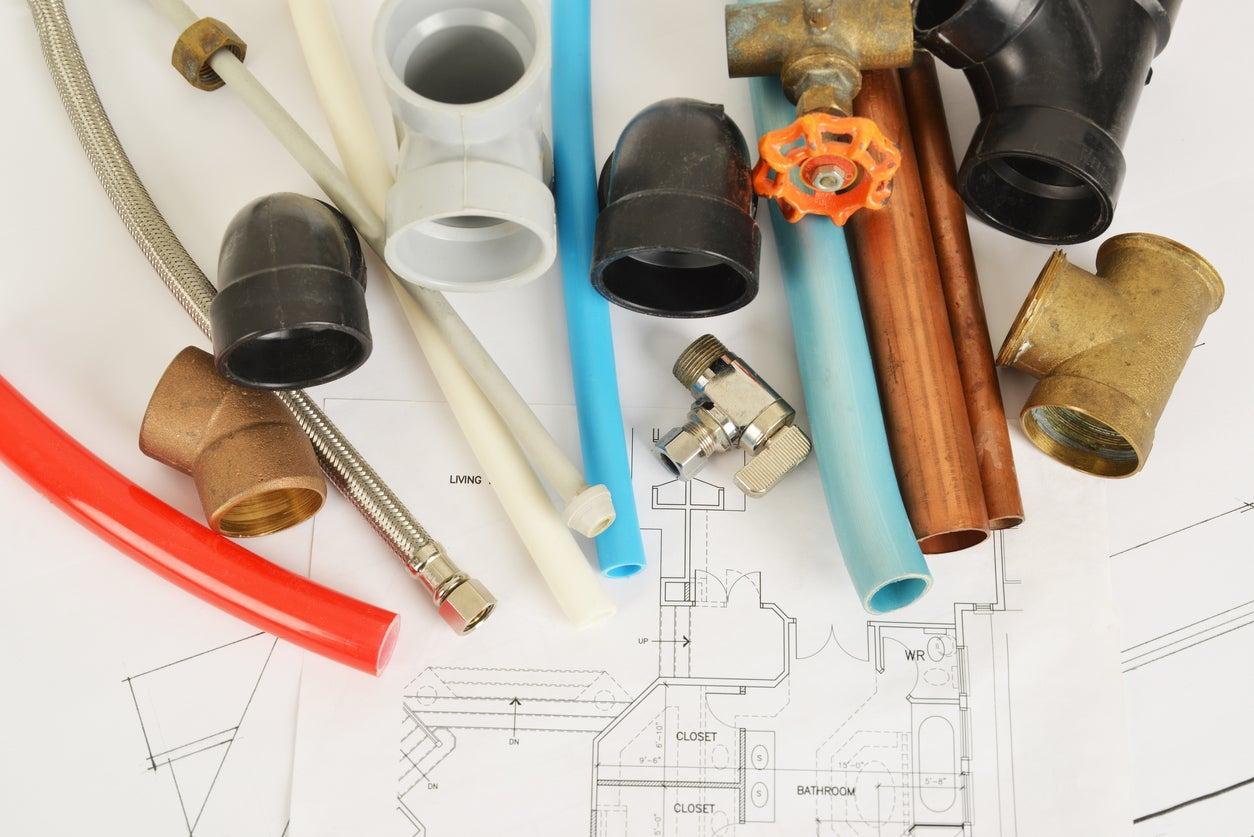Plumbing systems play a vital role in our daily lives, operating quietly in the background to ensure access to clean water and efficient waste removal. Despite often being overlooked, gaining insight into the diverse components and systems that constitute plumbing can be enlightening. This comprehensive guide aims to demystify common plumbing systems, offering a detailed breakdown of the intricate network of pipes, fixtures, and mechanisms that contribute to the seamless functioning of our homes and buildings. For further expertise and assistance with plumbing services, you can visit www.sandiegoemergencyplumbing.com.
The Water Supply System
At the core of every plumbing system lies the water supply infrastructure, acting as the lifeblood that delivers essential liquid sustenance to our faucets, showers, and household appliances. This critical aspect of plumbing ensures that our daily activities, from personal hygiene to cooking, run smoothly. For additional insights into maintaining a reliable water supply and expert plumbing services, you can explore more at www.onestopplumbers.com.
Municipal Water Supply
- In urban areas, most homes and businesses are connected to a municipal water supply. Fun fact: Did you know that the first modern municipal water supply system in the United States was established in Boston in 1848?
Well Water Systems
- In rural areas, well water systems are common. These systems draw water from underground aquifers through a well. Fun fact: The deepest well ever drilled is the Kola Superdeep Borehole in Russia, reaching a staggering depth of 7.5 miles!
Water Meters
- Water meters measure the amount of water used and are crucial for billing purposes. They come in various types, including mechanical and digital meters.
The Water Distribution System
Once water enters a building, it needs to be distributed to various fixtures and appliances. This is where the water distribution system comes into play.
Water Pipes
- Most water distribution systems use pipes made of materials such as copper, PVC, or PEX. Copper pipes are known for their durability, while PVC and PEX pipes are more affordable and easier to install.
Water Pressure
- Proper water pressure is essential for a functional plumbing system. Too high or too low pressure can lead to various issues, including leaks and water wastage.
Water Valves
- Water valves are used to control the flow of water within the plumbing system. Every fixture and appliance typically has its own shut-off valve, allowing for localized control.
The Drainage System
Just as important as supplying clean water is efficiently removing wastewater. The drainage system ensures that wastewater is safely transported away from our living spaces.
Drain Pipes
- Drain pipes are designed to carry wastewater from sinks, showers, toilets, and other fixtures to the sewer or septic tank. These pipes are usually made of materials like PVC, ABS, or cast iron.
Ventilation
- Proper ventilation is crucial in a drainage system to prevent the buildup of gases and allow wastewater to flow smoothly. Vent pipes extend from drain pipes through the roof, creating a path for air to enter and exit.
Traps
- Traps are U-shaped sections of pipes located beneath sinks, showers, and toilets. They hold water to create a barrier that prevents sewer gases from entering the living space.
The Sewage System
The sewage system is responsible for collecting and treating wastewater, ensuring that it does not harm the environment.
Sewer Lines
- Sewer lines transport wastewater from homes and businesses to sewage treatment plants or septic tanks. In urban areas, these lines are typically maintained by municipal authorities.
Septic Tanks
- In rural areas or homes not connected to municipal sewers, septic tanks are used to treat and dispose of wastewater. Fun fact: A well-maintained septic tank can last for several decades.
Plumbing Fixtures and Appliances
Plumbing fixtures and appliances are the visible components of the plumbing system, and they serve specific functions in our homes and buildings.
Toilets
- Toilets are one of the most important fixtures in any plumbing system. The average person spends about three years of their life on the toilet!
Sinks
- Sinks are essential for tasks like washing hands, dishes, and food preparation. An interesting fact is that the first pedestal sink was designed in the late 19th century.
Showers and Bathtubs
- Showers and bathtubs provide us with a refreshing start to our day or a relaxing way to unwind. The first recorded shower dates back to ancient Greece, around 300 BC.
Dishwashers and Washing Machines
- These appliances rely on the plumbing system to supply water and remove wastewater. Fun fact: The first electric washing machine was invented in 1908.
Maintenance and Repairs
Regular maintenance and prompt repairs are essential to keep your plumbing system in good working order.
Preventive Maintenance
- Preventive maintenance includes tasks like checking for leaks, cleaning drains, and inspecting water heaters. These measures can help you avoid costly repairs down the road.
Common Plumbing Issues
- Plumbing problems can range from minor leaks to major pipe bursts. Some common issues include dripping faucets, clogged drains, and running toilets.
DIY vs. Professional Repairs
- While some plumbing tasks can be handled by homeowners, others require the expertise of a professional plumber. It’s essential to know when to tackle a problem yourself and when to call in a pro.
Sustainable Plumbing Practices
In an era of increasing environmental awareness, sustainable plumbing practices have gained prominence.
Water Conservation
- Conserving water not only reduces your utility bills but also helps protect the environment. Installing low-flow fixtures, fixing leaks promptly, and collecting rainwater are all effective ways to save water.
Energy Efficiency
- Energy-efficient plumbing fixtures and appliances can significantly reduce energy consumption. Tankless water heaters, for example, provide hot water on demand, minimizing standby energy losses.
Green Building Standards
- Many building codes now incorporate green plumbing standards, encouraging the use of eco-friendly materials and technologies in new construction and renovations.
Plumbing Innovations
The world of plumbing is continually evolving, with new technologies and innovations making our lives easier and more efficient.
Smart Plumbing Systems
- Smart plumbing systems can monitor water usage, detect leaks, and even allow you to control your fixtures remotely through smartphone apps. Fun fact: The first patent for a flush toilet with a remote control was filed in 1993.
Eco-Friendly Materials
- Innovations in plumbing materials have led to the development of eco-friendly options like recycled PVC and lead-free pipes, reducing the environmental impact of plumbing systems.
Water Purification
- Advanced water purification systems can provide clean and safe drinking water directly from the tap, reducing the need for bottled water and plastic waste.
Plumbing systems are the unsung heroes of our homes and buildings, ensuring that we have access to clean water and effective waste removal. Understanding how these systems work and knowing how to maintain them can save you time, money, and frustration in the long run. Whether you’re a homeowner, a renter, or simply curious about the inner workings of plumbing, this comprehensive guide has provided you with a breakdown of common plumbing systems and their fascinating intricacies. So, the next time you turn on the tap or flush the toilet, take a moment to appreciate the remarkable plumbing system that makes it all possible.









